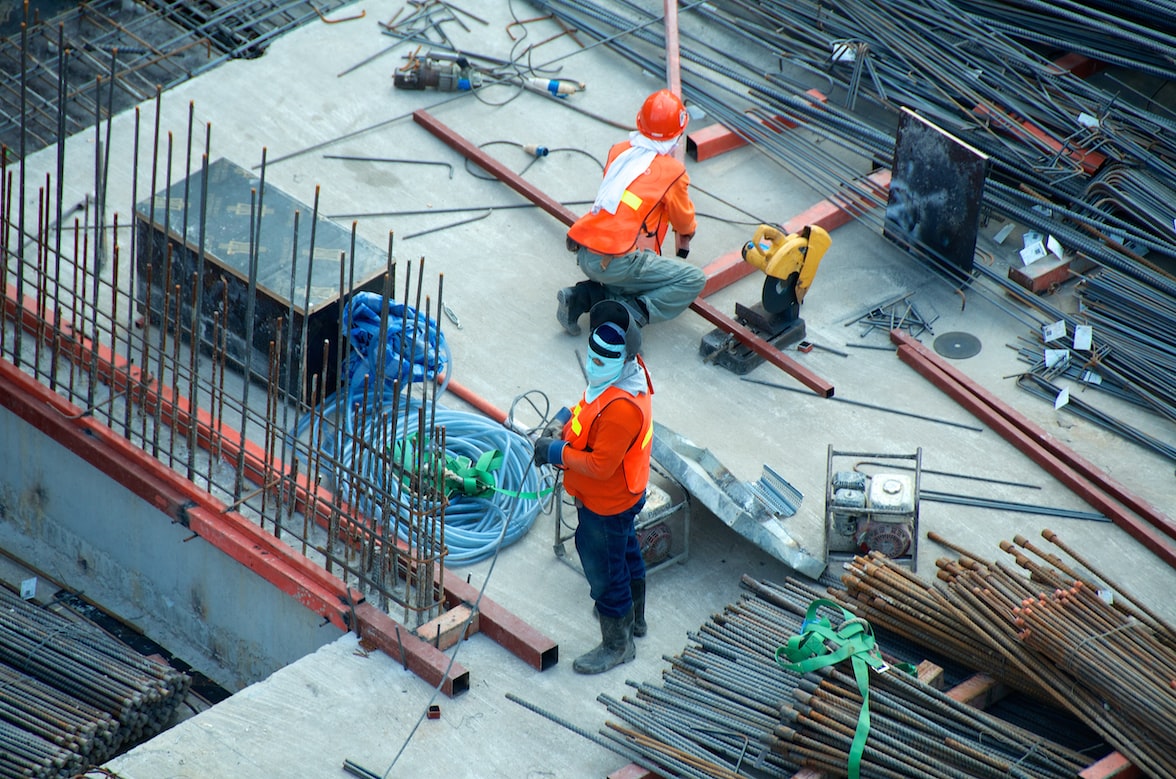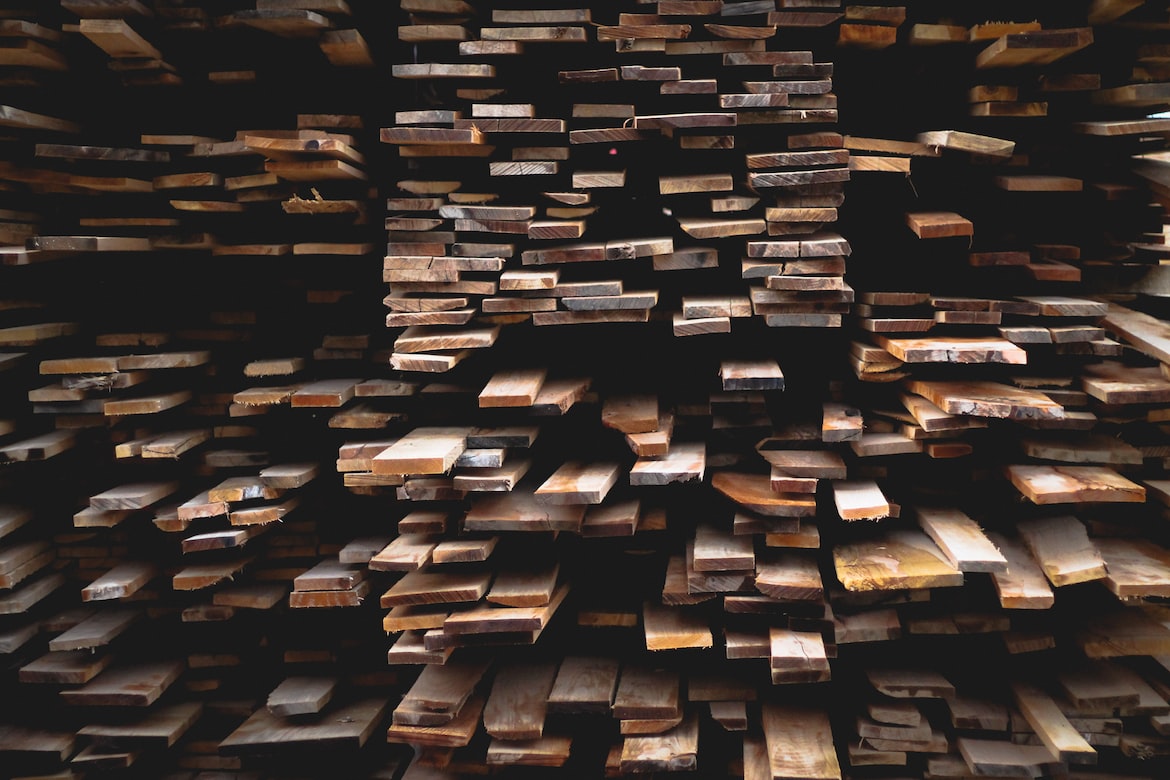As the movement towards sustainability in construction continues to grow and develop, it is important to be aware of the sustainable building materials that are available. Since these materials have been made with an emphasis on renewable sources, they provide great value when it comes to preserving the environment while still providing necessary resources for constructing a sturdy and lasting structure. In this blog post, we will discuss some of the different types of sustainable building material technologies currently available in construction projects so that you can make informed decisions when embarking upon your own eco-friendly project. Read on to learn more about green building technologies and their advantages!


In conclusion, sustainable building materials offer a host of benefits over traditional and unsustainable building materials. From concrete and steel structures to wood construction, bamboo structures, masonry advantages/disadvantages, and recycled materials – these are all options worth exploring for your project. Whether you are looking for increased efficiency, lower environmental impact, improved appearance, or higher durability – it is important to consider sustainable building options when selecting the right materials for your project. By choosing the right combination of sustainable building materials you can create an effective and efficient structure that meets your needs while also reducing your carbon footprint. Thanks to the advances in technology and digital fabrication, today’s builders have a wide range of sustainable solutions when it comes to choosing building materials – so why not research them? Put simply, choose wisely and be well-informed before hitting the ground running on your project.
Sustainable Building Materials and Their Benefits
Sustainable building materials have multiple benefits and have become increasingly popular in the construction industry. Using recycled, renewable, and/or biodegradable materials can not only reduce the environmental footprint of a project, but it can also contribute to cost savings over the life of the construction. Sustainable building materials include items such as bamboo flooring, reclaimed wood siding, renewable cork insulation, recycled glass countertops, recycled aluminum roofing tiles, and plant-based plastics. These materials are just a few examples of ways we can create healthier homes that use fewer resources during construction and throughout their lives. Also, clay bricks are considered sustainable building materials since they are made from natural clay and require minimal energy to produce. In addition to these sustainable building materials, there are also green technologies that allow us to reduce our impact even further.Comparing Concrete and Steel Structures
When architects select building materials, sustainability is becoming increasingly important. Two of the most popular sustainable materials for construction are concrete and steel. There can be advantages to one or the other depending on the particular project, but both have impressive performance capabilities and can yield a great return on investment. One of the primary benefits of concrete structures is that they are cheaper and faster to build than those made out of steel. However, in terms of flexibility and resilience to extreme weather conditions like hurricanes, steel often proves more advantageous. It's helpful to see what is available at the steel building inventory by Sunward Steel. Ultimately, no matter which material you choose, you’ll have confidence knowing that your building will meet stringent sustainability requirements while also providing excellent structural soundness.Exploring the Advantages of Wood Construction
Building materials have come a long way in the last decade, and many of today’s options are much more sustainable than those of the past. One material in particular – wood – has gained traction for its numerous benefits as a resource for construction projects. From its accessibility to its durability, wood is an ideal material for creating homes that are both aesthetically pleasing and conscious of environmental impact. Its adaptability also gives architects, contractors, and homeowners the flexibility to use it in everything from structural supports to finishing touches. With an overall better performance over time when compared to other materials like steel or concrete, wood often proves to be the most cost-efficient option with fewer maintenance requirements down the road. Ultimately, when considering sustainable building materials, it’s hard to overlook wood as an easy first choice.Examining the Benefits of Bamboo Structures
Bamboo structures offer a range of benefits that can make them an appealing choice when deciding on what material to use for building purposes. Not only is bamboo incredibly sustainable and renewable as it's capable of growing rapidly and reaching maturity in just three years, but it also offers some impressive strength due to its natural tensile properties, making it perfect for construction projects that require strong support. Furthermore, bamboo structures have great thermal insulation properties, keeping the interior cooler in the summer and warmer in the winter with minimal energy utilization. Finally, because of its lightweight nature, building with bamboo can be a much more cost-effective solution than with other materials such as concrete or steel. As such, taking into consideration all of these benefits, bamboo presents itself as an ideal option for sustainable building materials.Understanding Masonry Advantages and Disadvantages
As one of the oldest sustainable building materials on the planet, masonry, and its many forms have been used in construction and architecture for centuries. Though masonry naturally offers long-lasting durability and insulation that other materials may not provide, there are also varying advantages and disadvantages to be aware of. By understanding masonry's strengths such as its resistance to fire, water, energy efficiency, and sound absorption—along with knowing where it may fall short—you'll be better informed. When deciding which sustainable building material is right for your needs while still meeting sustainability goals, consider all the possibilities of masonry in light of both the benefits and drawbacks.Analyzing the Durability and Strength of Recycled Materials
Recycled materials offer an incredible array of options for sustainable building, but only if we thoroughly examine their durability and strength. Building with recycled materials instead of new ones not only cuts costs but also reduces the strain on our natural resources. To make sure that buildings constructed from these materials last as long as they should, it's important to assess their durability and strength. To do this, engineers can analyze the composition of the material and simulate a variety of conditions in laboratory tests. By analyzing its lifespan against real-world conditions, engineers can get an accurate idea of which materials are fit for purpose and can guarantee efficient, expert construction.In conclusion, sustainable building materials offer a host of benefits over traditional and unsustainable building materials. From concrete and steel structures to wood construction, bamboo structures, masonry advantages/disadvantages, and recycled materials – these are all options worth exploring for your project. Whether you are looking for increased efficiency, lower environmental impact, improved appearance, or higher durability – it is important to consider sustainable building options when selecting the right materials for your project. By choosing the right combination of sustainable building materials you can create an effective and efficient structure that meets your needs while also reducing your carbon footprint. Thanks to the advances in technology and digital fabrication, today’s builders have a wide range of sustainable solutions when it comes to choosing building materials – so why not research them? Put simply, choose wisely and be well-informed before hitting the ground running on your project.






.jpg)

.jpg)



